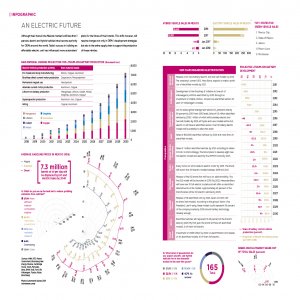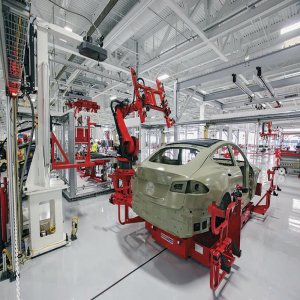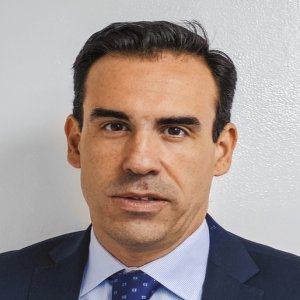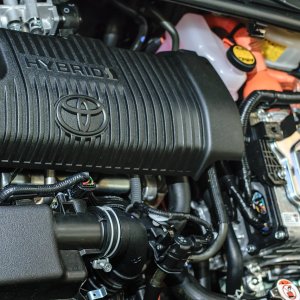More Business Means New Challenges

STORY INLINE POST
Q: How has your portfolio been impacted after the merger between Dow and DuPont?
A: As DuPont, we managed polymers, fibers and mechanical seals. After the merger with Dow, resulting in the new Transportation and Advanced Polymers division of DowDuPont, we integrated specialized structural adhesives, brake fluids, lubricants, thermoplastic compounds and medical silicon. Our portfolio has become much more diversified but we still have a strong focus on the automotive industry and most of our business is in this industry, 60 percent of it approximately.
We are actively searching for new investment opportunities to grow our business but at the moment, our priority is to fully integrate our new product families to our lineup. As DuPont, we worked closely with OEMs and Tier 1 suppliers to support their design and R&D efforts. However, particularly with the structural adhesive line, we now collaborate as direct suppliers of OEMs so our goal is to maximize our penetration in this sector. As polymer providers, DuPont had an excellent relationship with Tier 1 suppliers. We want to translate that market position to our new product divisions.
Q: What are the biggest challenges you face to grow your position in the automotive industry?
A: The biggest challenge we are facing at the moment is the uncertainty in the market about free-trade agreements. Supply chains in North America are tightly constructed and it would be very hard to dismantle them. Investment keeps coming from Germany, Japan and even from the US despite this uncertainty. Yet, the country needs to build a strong talent backbone to support these ventures with low-cost production, not from a salary but from a productivity standpoint. We still see an opportunity for training young talent in engineering and design in Mexico. So far, the country needs to continue participating as a design and engineering hub for automotive companies and we need more research centers and adequate education plans that are in line with the industry’s needs. Besides manufacturing, OEMs are gradually bringing engineering operations to Mexico.
Q: After DowDuPont’s division into Dow, DuPont and Corteva, what will be DuPont’s auto industry priorities?
A: We want to maintain our growth expectations and minimize whatever impact could arise from this division. So far, we forecast double-digit growth for the Transportation and Advanced Polymers division and the idea is to keep that going. Automotive manufacturing operations are growing at a 5 percent rate in Mexico, so growing at a double-digit rate means we need to advance two or three times faster than the entire industry. We are also announcing several new investments across the world in new plants and added production capacity in our different product divisions.
Q: What contribution can DowDuPont make to the development of trends like lightweighting and electrification?
A: Our contribution depends on our different product applications. With structural adhesives, the more welding points are eliminated, the more weight is reduced in the vehicle. Our latest technologies allow us to substitute these welding points for structural adhesives that can guarantee the quality and durability of these unions. In the end, less weight means a more efficient engine with less polluting emissions. The same goes for polymer use. Today, the average car weighs 1.5 tons and a third of that is made of plastic.
Q: How do polymers compare with traditional steel and aluminum applications in terms of price?
A: What we want our clients to understand is the benefits they can get from a total cost perspective. You can compare the cost of 1kg of metal vs 1kg of plastic but the most effective way of measuring cost savings is by comparing how costly it is to manufacture a component in metal or in plastic. This analysis involves everything from the raw material to its manufacturing, energy and tooling costs and in most cases, working with polymers is equally or even less expensive than working with metal.
























